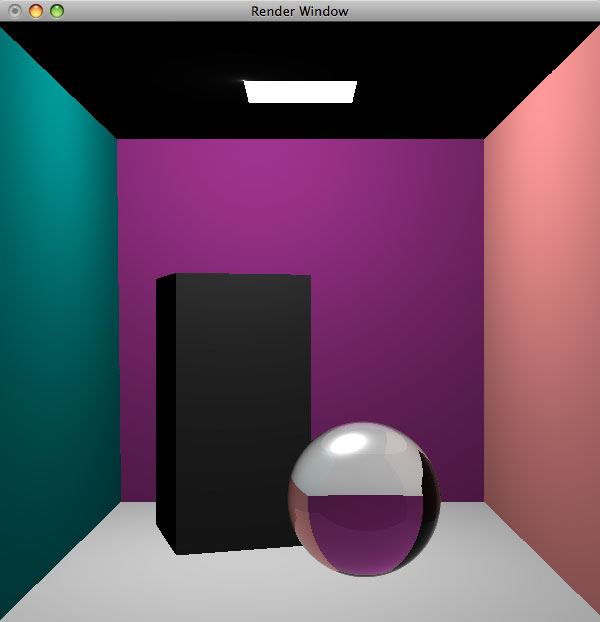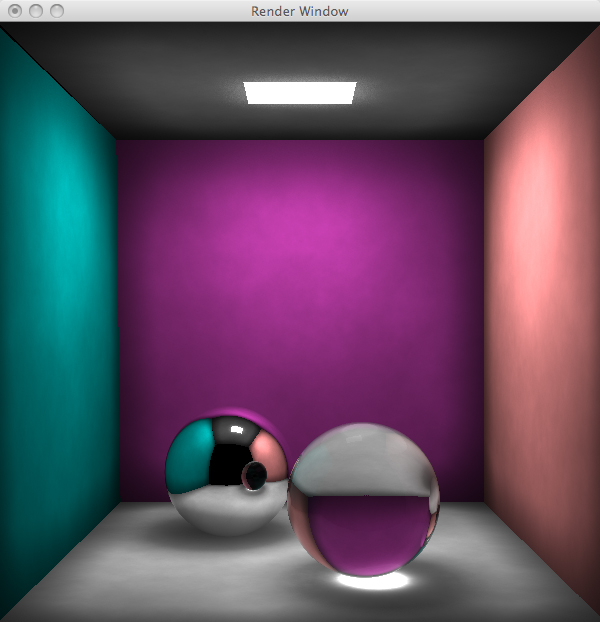A comprehensive introduction to the mathematics and algorithms that drive today's
digital special effects, animation, and games. Designed as a hands-on course,
students will gain experience in building 2D/3D interactive applications using OpenGL.
Topics covered will include geometric transformations, projections, raster algorithms,
3D object models (surface and volume), visible surface algorithms, texture mapping,
lighting/shading, ray-tracing, anti-aliasing, and compositing.
Prerequisites
- CMPS 1600 or good programming skills (C and C++ preferred language of the course)
- Knowledge of basic data structures like:
- Linked Lists
- Arrays
- Trees
- Geometry
- Simple linear algebra: matrix multiplication, vector addition, etc.
Instructor
Office Hours
Thursdays, 12:15PM-2:00PM, or by appointment
Times
Tuesdays and Thursdays, 11:00AM - 12:15PM, ST 302
Lab: Thursdays, 02:00PM - 03:15PM, DW 102
Book
Required:
- Interactive Computer Graphics: A Top-Down Approach with WebGL, 7th Edition by Angel and Shreiner
Other Good Graphics Texts:
- OpenGL Programming Guide: The Official Guide to Learning OpenGL, Version 4.3 (8th Edition)
- Fundamentals of Computer Graphics (3rd Edition) by Shirley, Ashikhmin, and Marschner
- Computer Graphics: Principles and Practice by Hughes and van Dam
- Physically Based Rendering, Second Edition: From Theory To Implementation by Pharr and Humphreys
10% Participation
30% Assignments
30% Project 1
30% Project 2
Discussion
Collaboration and Academic Integrity
You are required to adhere to the
Code of Academic Conduct. Cheating
will be reported to the Associate Dean of Newcomb-Tulane College. I encourage collaboration, but everyone's work
must be their own. Help and sharing of small code snippets to help someone get past a bug are OK, but whole files
or classes are not. In cases of over sharing, everyone involved will be held equally responsible irregardless of who did the original work.
To help avoid misunderstandings, I encourage coding help to be done via Piazza. This keeps things clear for me when
grading, allows the entire class to learn from the fix, and gives people easy points towards class participation. Sources other than the textbook
should be cited appropriately.
Tulane University recognizes the inherent dignity of all individuals and promotes
respect for all people. As One Wave, Tulane is committed to providing an environment
free of all forms of discrimination and sexual harassment, including sexual assault,
domestic and dating violence, and stalking. If you (or someone you know) has
experienced or experiences gender-based violence, know that you are not alone.
Learn more at
onewave.tulane.edu.




